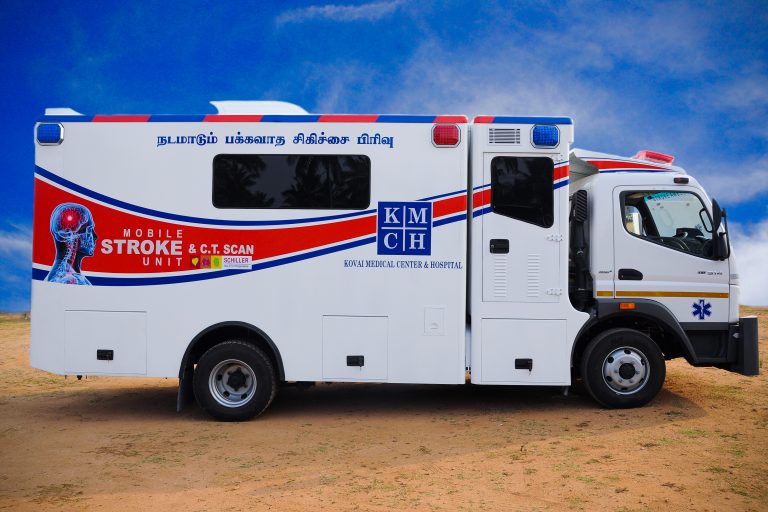Stroke Reimagined

By Stuti Chakraborty
Stroke and Low-and Low-and-Middle-Income Countries: The Way Forward
The World Bank, for the current fiscal year of 2022, defines low-income economies as those with a GNI (Gross National Income) per capita of $1,045 or less in 2020 and lower middle-income economies as those with a GNI per capita between $1,046 and $4,095.
The existing challenge:
The burden of stroke is higher in low-income and low-and-middle-income countries, and continues to rise, when compared to high-income countries (HICs). The rate of decline in disability-adjusted life-years (DALYs) lost because of stroke was 23–25% in low-income and middle-income countries (LMICs) and 49% in HICs.
A large INTERSTROKE study showed that people in LMICs often had more severe forms of stroke such as intracranial haemorrhages and had subsequently poor accessibility to post-care and management, lesser investigations and treatments, than those in HICs. Pandian et al., 2020, in their series study, outlined several barriers to the establishment of services of stroke care in LICs and LMICs. These consider barriers at the patient level such as inadequate awareness of the symptomatology of stroke and thereby, inability to rapidly recognise the onset of one, and barriers at the larger, community level, such as scarcity of stroke helplines and inadequate access to chronic care services.
Barriers at the health system level include lack of medical infrastructure to deal with emergency care associated with stroke, such as brain imaging facilities, specialised units of stroke care, rehabilitation services, mobile health tools, accessibility to equipments required to perform urgent procedures such as thrombectomies and reduced access to health insurance.
Stroke units: Key components and barriers to implementation:
A stroke unit is essentially a well-established model of intervention which covers all aspects of stroke care right from the occurrence of the incident itself. One of the key features in stroke units is the presence of a multidisciplinary team comprised of medical, physical and occupational therapy, nursing, speech and language therapy and social rehabilitation specialists. High-income countries like the United Kingdom, have followed the path of dissemination of stroke care between environments having similar structures of service, levels of staffing, professional education and training. Most HICs have healthcare economies funded by the public, which are centralised, with systems of improvement in quality of care through regularly audited clinical practice guidelines, uniformly followed throughout the nation.
Langhorne et al, 2012, in their review article, describe the various key components (stages) of stroke-unit care. These include: 1) Assessment and Monitoring 2) Acute Management (within the first 5 days) 3) Multidisciplinary team rehabilitation and 4) Discharge Planning.
The translation of stroke-care practices followed in HICs to low-resource settings in LICs and LMICs is difficult because most patients recovering from a stroke may not require expensive, multi-specialty medical facilities, but, will inevitably require minimum hospital services with dedicated beds and nursing staff, which is also essential for stroke units, and is currently lacking in several LMICs.
Apart from established stroke-care units in low-resource settings, another key issue remains getting to them in time. Studies done in Nigeria and India have indicated lengthy delays in reaching the hospital on time, with less than 30% of stroke survivors reaching a medical care facility within 3 hours of symptom onset. Emergency and triage services are either unavailable or have an acute shortage of trained personnel and equipment.
Two essential ways forward for LICs and LMICs:
Tapping into Community Health Workers: The most crucial resource in LICs and LMICs –
- Since patients in most low-resource settings are faced with the issue of timely and adequate accessibility to stroke care, it is imperative, that CHWs (community health workers) a very crucial component to the dissemination of primary healthcare services in low-resource areas, be mobilised for early screening and identification of those at high risk of having a stroke
- CHWs must also be facilitated through workshops and extensive training sessions, while being compensated with adequate pay, to be incorporated into ongoing rehabilitation programs within the community, deliver supervision of therapy (under the guidance of professional therapists) and also provide social support to the community.
Strengthening and empowering the rehabilitation workforce –
- The WHO (World Health Organisation) estimates that skilled stroke rehabilitation professionals such as neurologists, physical therapists, occupational therapists, speech and language pathologists, social work specialist practitioners in LMICs are fewer than 10, per 1 million of population. Proper standards of practice, opportunities of training in programmes offering pursuit in advanced fields of rehabilitation care and agreed standards of entry-level education must be strengthened globally, and more so in LMICs. More robust and standardised training practices, as well as recruitment of higher numbers of specialised rehabilitation workforce members, is an urgent need.
In conclusion, despite the existing challenges posing a barrier to the implementation of quality stroke services in LMICs and disparities in baseline health indicators, timely remodelling of infrastructure can significantly improve stroke services, leading to the ultimate attainment of universal health coverage.
Special note: Stuti has had the opportunity to work with some of the leaders in stroke rehabilitation research in LMICs (including the authors of most of the research articles referenced in this blog) and would like to thank them for their constant guidance. If you have ideas on how to advance stroke care and rehabilitation in low-resource settings, feel free to get in touch to discuss further!


